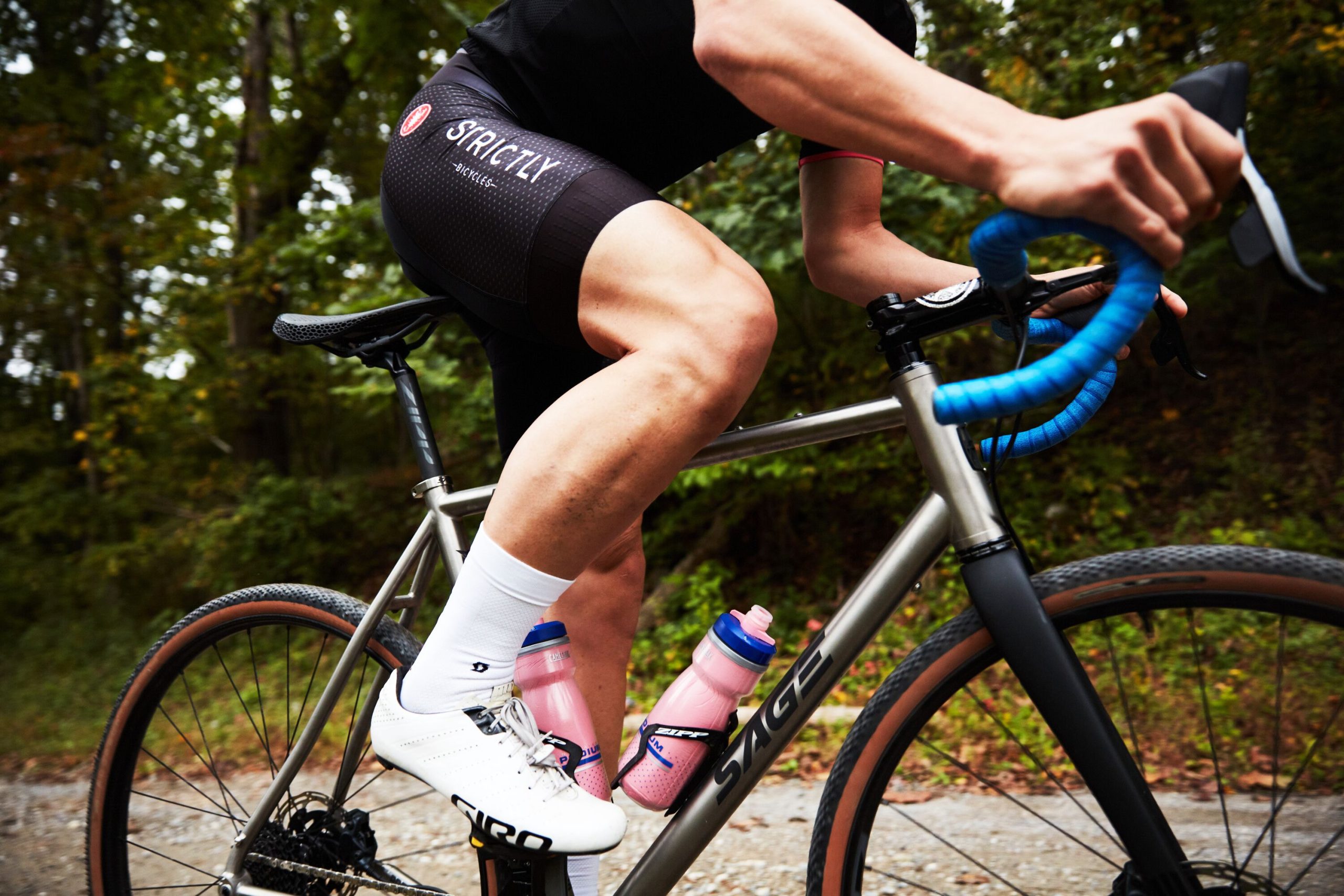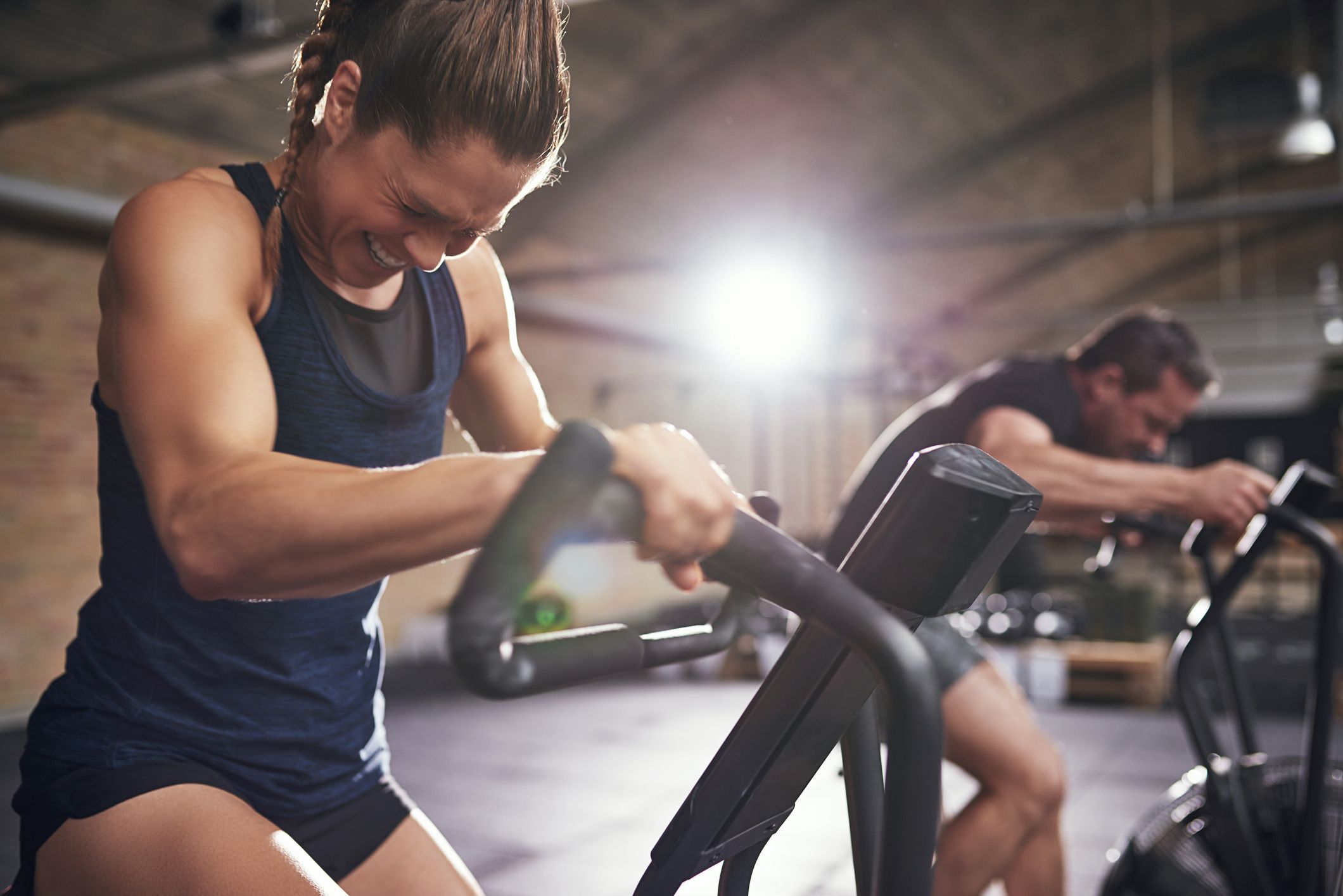Cycling is a popular and enjoyable form of exercise that offers numerous health benefits, such as cardiovascular fitness, improved mental well-being, and enhanced muscular strength. However, like any physical activity, cycling can also pose certain challenges, especially when it comes to joint health. Whether you’re a seasoned cyclist or a newbie to the sport, understanding the relationship between cycling and joint pain is crucial for maintaining a healthy and injury-free riding experience.
- The Impact of Cycling on Joints:
Cycling is often touted as a low-impact exercise, as it places minimal stress on the joints compared to high-impact activities like running or jumping. The circular motion of pedaling reduces the jarring impact on the knees, ankles, and hips, making it an attractive option for people with joint issues or those recovering from injuries. However, it’s important to note that the repetitive nature of cycling can still lead to joint pain and discomfort if not approached with caution.
- Common Joint Pain Associated with Cycling:
a. Knee Pain: The knees are particularly susceptible to stress during cycling. Improper bike fit, excessive or insufficient saddle height, and incorrect pedaling techniques can lead to knee pain, particularly in the front or sides of the knee. Issues such as iliotibial band syndrome (ITBS) and patellofemoral pain syndrome (PFPS) are common among cyclists.
b. Lower Back Pain: Prolonged periods of cycling with poor posture or an ill-fitted bike can strain the lower back, leading to discomfort and pain. The hunched position often adopted during cycling may put pressure on the lumbar spine and contribute to muscle imbalances.
c. Wrist Pain: Cyclists who spend a significant amount of time on a road bike or mountain bike may experience wrist pain due to the pressure placed on the wrists while gripping the handlebars.
- Preventing Joint Pain:
a. Proper Bike Fit: Ensuring your bike is correctly fitted to your body measurements is essential in preventing joint pain. Consult with a professional bike fitter to adjust saddle height, handlebar position, and pedal alignment to suit your body’s biomechanics.
b. Warm-up and Stretch: Before hopping on the saddle, take a few minutes to warm up your muscles with light exercises and dynamic stretches. Pay particular attention to your hips, knees, and ankles to prepare them for the cycling motion.
c. Build Strength and Flexibility: Incorporate off-the-bike exercises into your routine to build strength in key areas like the quads, hamstrings, glutes, and core. Additionally, work on flexibility through regular stretching and yoga to maintain joint mobility.
d. Vary Your Cycling Terrain: Mix up your cycling routes to avoid repetitive stress on the same joints. Include flat terrains, hills, and off-road trails to engage different muscle groups and reduce strain on specific joints.
e. Listen to Your Body: If you experience any joint pain or discomfort during or after cycling, take it as a sign to rest and recover. Ignoring persistent pain may exacerbate the issue and lead to more severe injuries.
Cycling can be a fantastic activity to improve fitness and overall well-being. To make the most of this low-impact exercise and prevent joint pain, it’s crucial to pay attention to proper bike fit, warm-up, strength training, and flexibility exercises. By finding the right balance and taking care of your joints, you can enjoy the many benefits of cycling for years to come, while minimizing the risk of joint-related issues. As always, consult with a healthcare professional or physical therapist if you experience persistent joint pain or have any concerns about your cycling routine. Happy and healthy cycling!









